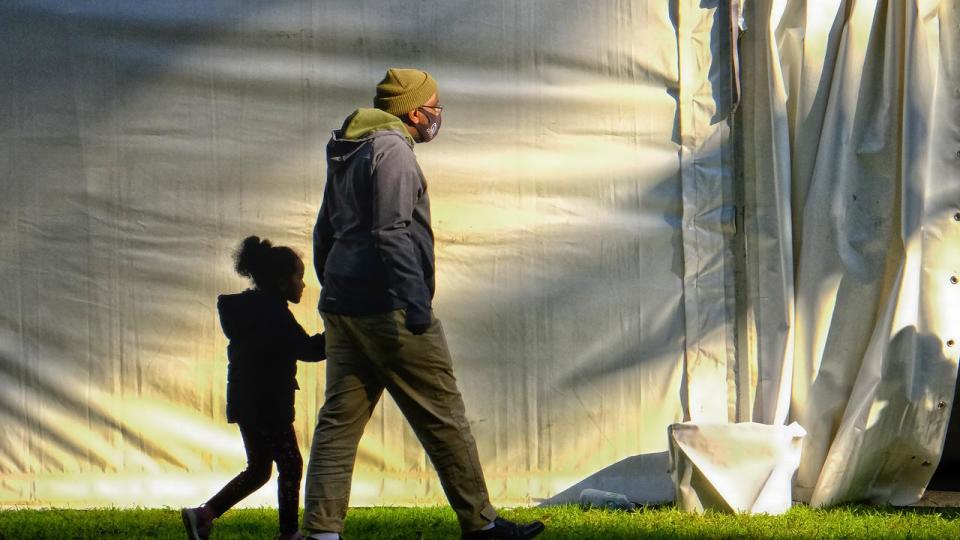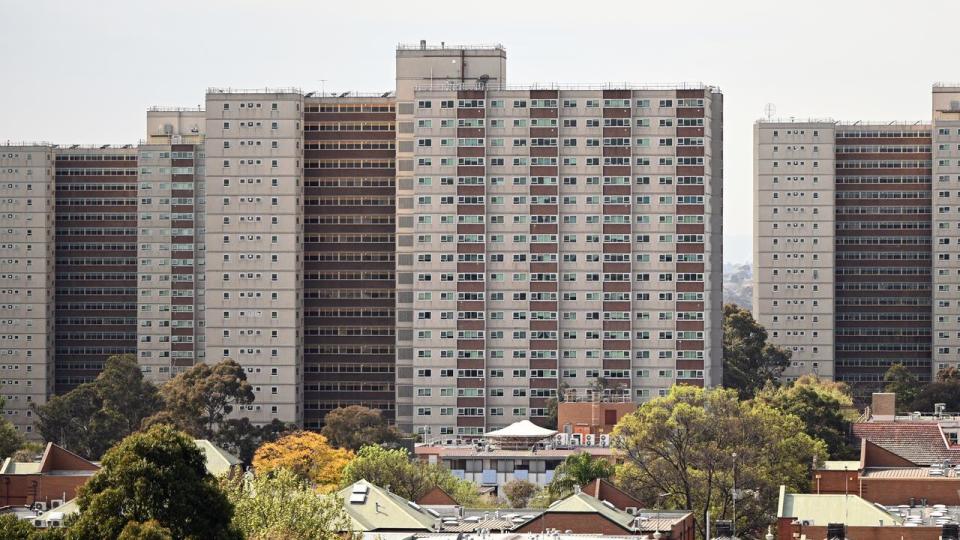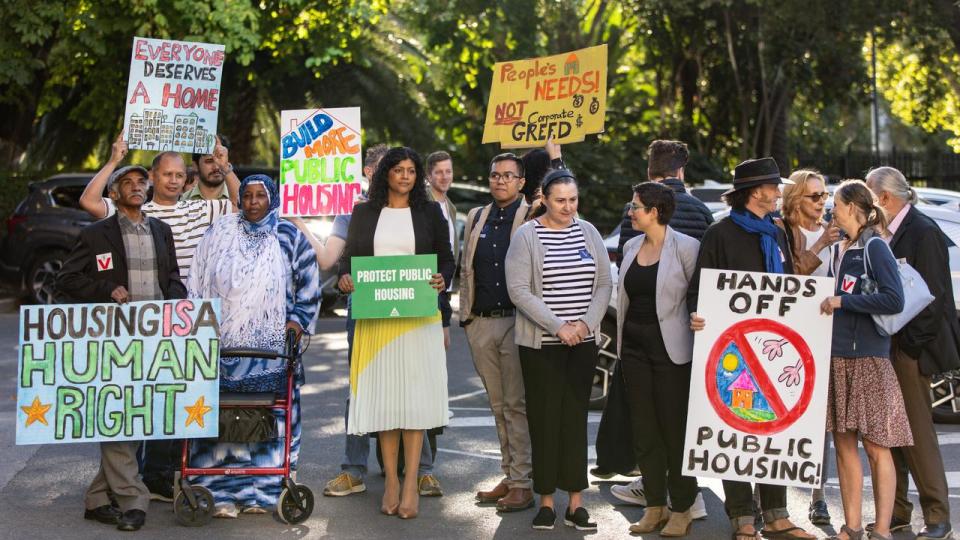Victorians are under worse pressure trying to keep a roof over their heads, a year on from the state government’s landmark pledge to tackle the housing crisis.
A Housing Insecurity Index gauging the pressure Victorians are under to secure stable housing has found the vulnerable are facing spiking rents, ballooning public housing waitlists and stagnating social housing while homeless services are at breaking point.
The index, produced by the Council to Homeless Persons, marks a year since Victoria unveiled its housing statement committing to building 800,000 homes in the next decade, as well as a raft of other measures to address the crisis.
Since then rents have skyrocketed by more than 13 per cent across the state, with median rental prices in Melbourne reaching $560 per week – a 14.6 per cent increase – while regional Victorians have endured a 5.3 per cent increase to reach $445 per week.
Tenants are bearing the brunt of the cost-of-living crisis and struggling to afford basics like housing and food, which is forcing people into smaller or more inappropriate properties, the index said.

The public housing waiting list is so stubbornly high that a sold-out Marvel Stadium wouldn’t be big enough to accommodate everyone waiting for a home.
Between March and June, there were almost 3000 new requests for housing, with the total number sitting at 61,587.
Tenants living in the state’s 44 public housing high rises have taken the government to court over plans to redevelop the towers by 2051, necessitating the relocation of more than 10,000 residents.
Requests for homelessness services also increased from 30,510 in July 2017 to 32,496 in June this year with the number of people struggling to afford housing staying above 10,000 every month since 2023.
About a third of all Australians accessing specialist homelessness services live in Victoria and those with jobs are increasingly seeking support.


The strain of that has left frontline workers considering quitting as workloads soar.
Victoria lags the rest of the nation in terms of social housing, accounting for only 2.8 per cent of its total housing stock.
Social housing dwellings increased on average by 295 per year in the six years between 2017 and 2023.
The report recommended the government amend its housing statement, build at least 6000 public and community homes each year for a decade and pour more funds into homelessness services.


“At the moment, it’s unclear how much of the government’s 800,000-home target is actually social housing,” chief executive Deborah Di Natale said.
“The big housing build is a great initiative, but unfortunately the data tells us it’s going to be nowhere near enough to end this housing emergency.”
The federal government has faced Senate deadlock over a shared equity scheme for housing deposits after the Greens and coalition opposed their Help to Buy scheme and the Build to Rent bill, which would provide tax incentives for developers to build new housing to rent out, rather than sell.














